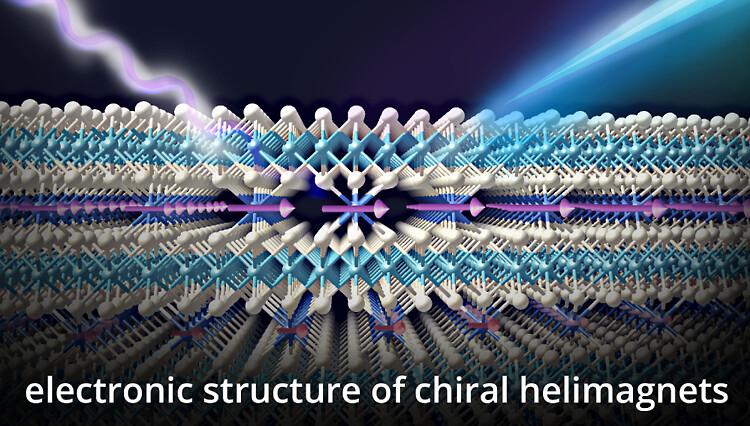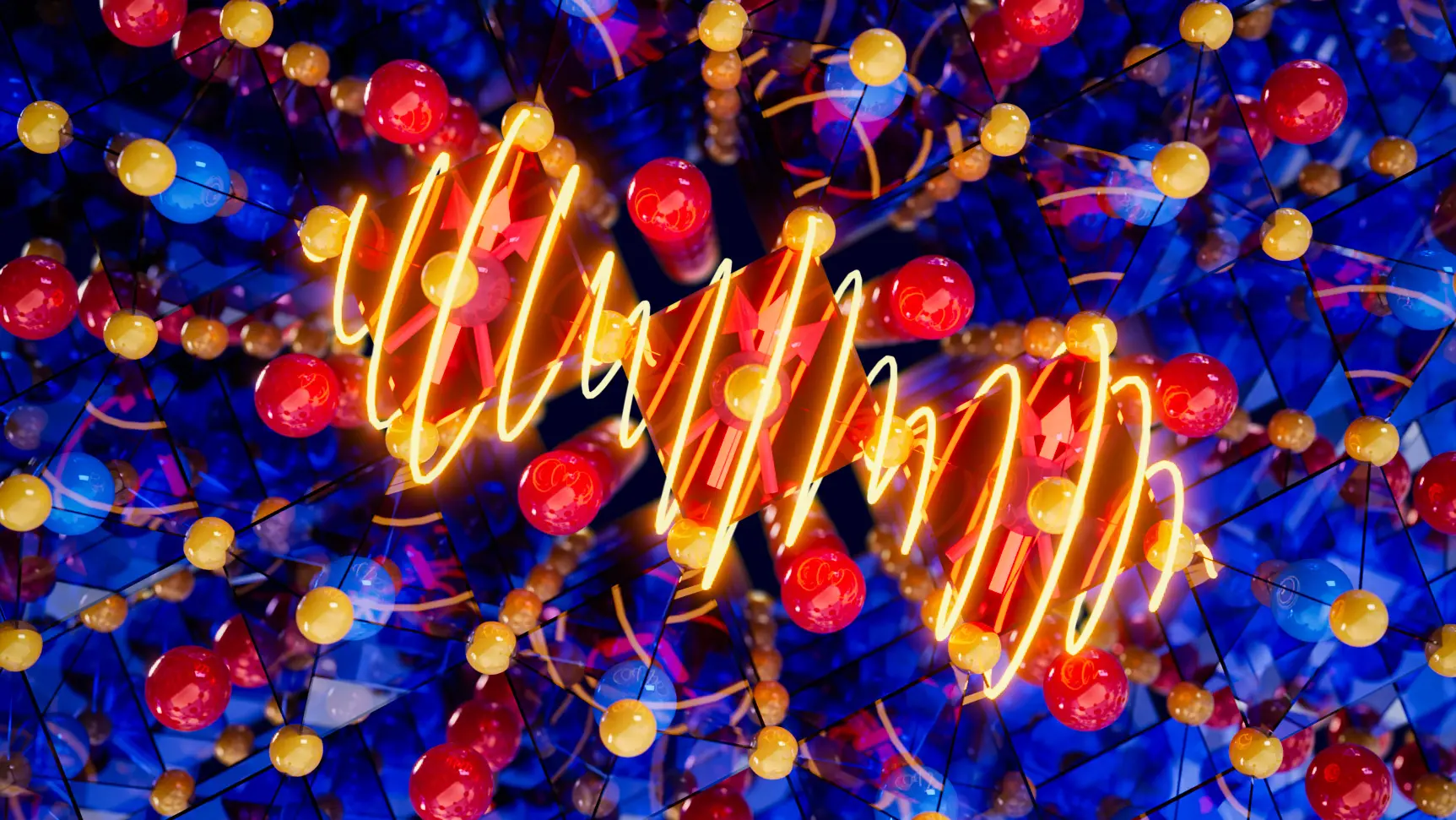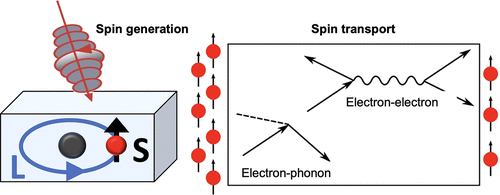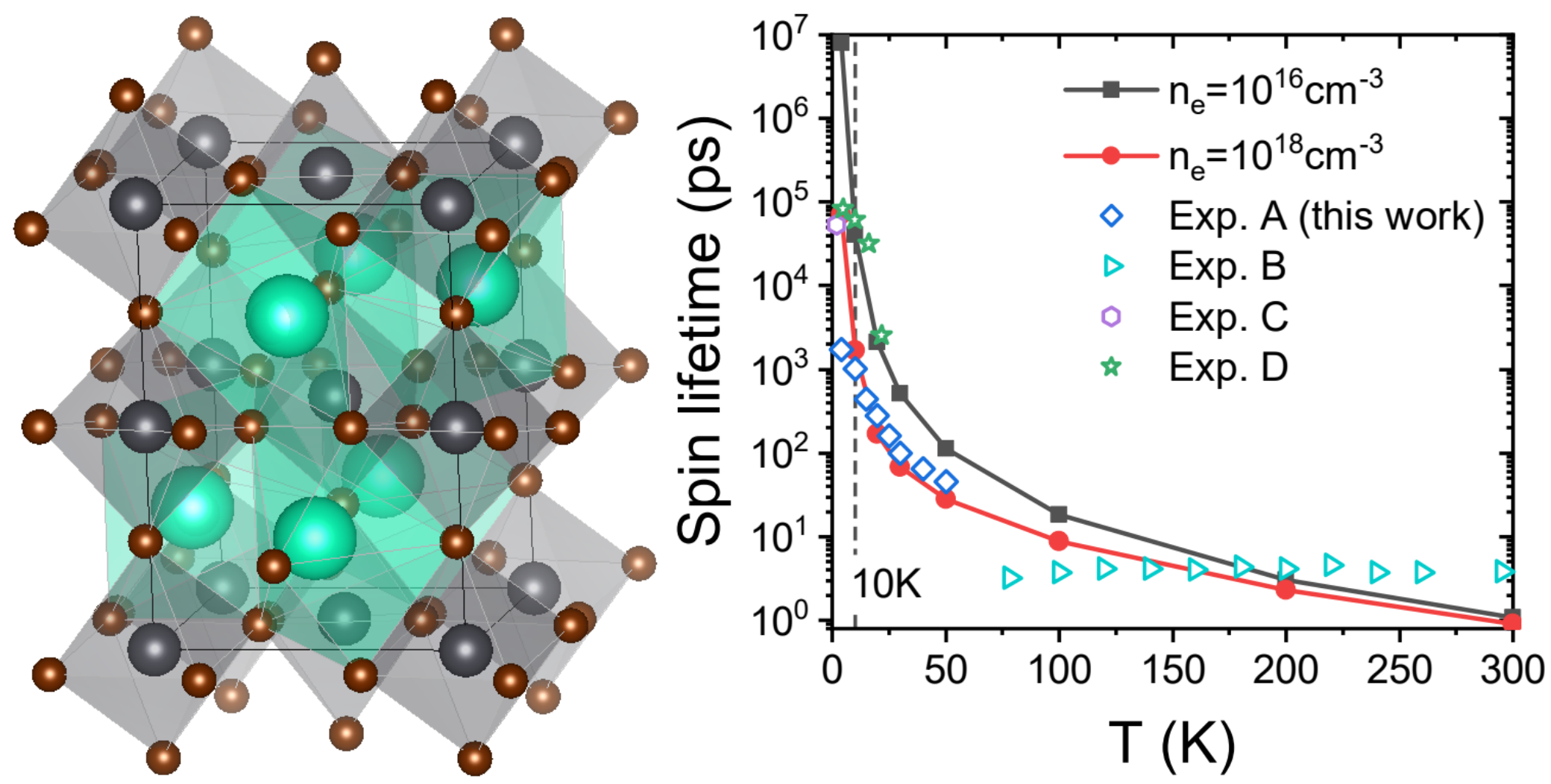Congratulations to Kejun Li and Yuan Ping for their work with Kwabena Bediako’s group at UC Berkeley on “Comparative Electronic Structures of the Chiral Helimagnets Cr1/3NbS2 and Cr1/3TaS2”, published in Chemistry of Materials! Link to the published article.
Abstract: Magnetic materials with noncollinear spin textures are promising for spintronic applications. To realize practical devices, control over the length and energy scales of such spin textures is imperative. The chiral helimagnets Cr1/3NbS2 and Cr1/3TaS2 exhibit analogous magnetic-phase diagrams with different real-space periodicities and field dependence, positioning them as model systems for studying the relative strengths of the microscopic mechanisms giving rise to exotic spin textures. Although the electronic structure of the Nb analogue has been experimentally investigated, the Ta analogue has received far less attention. Here, we present a comprehensive suite of electronic structure studies on both Cr1/3NbS2 and Cr1/3TaS2 using angle-resolved photoemission spectroscopy and density functional theory. We show that bands in Cr1/3TaS2 are more dispersive than their counterparts in Cr1/3NbS2, resulting in markedly different Fermi wavevectors. The fact that their qualitative magnetic phase diagrams are nevertheless identical shows that hybridization between the intercalant and host lattice mediates the magnetic exchange interactions in both of these materials. We ultimately find that ferromagnetic coupling is stronger in Cr1/3TaS2, but larger spin–orbit coupling (and a stronger Dzyaloshinskii–Moriya interaction) from the heavier host lattice ultimately gives rise to shorter spin textures.





